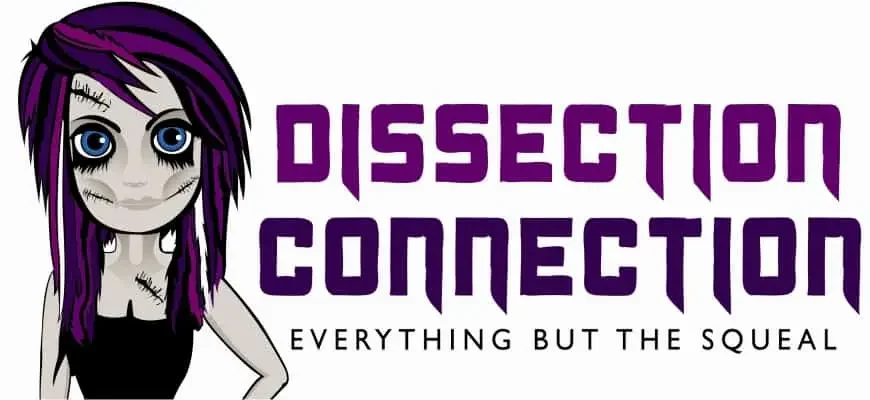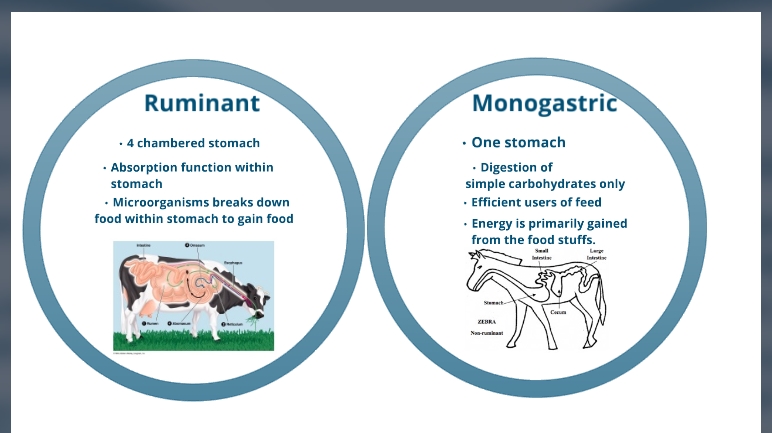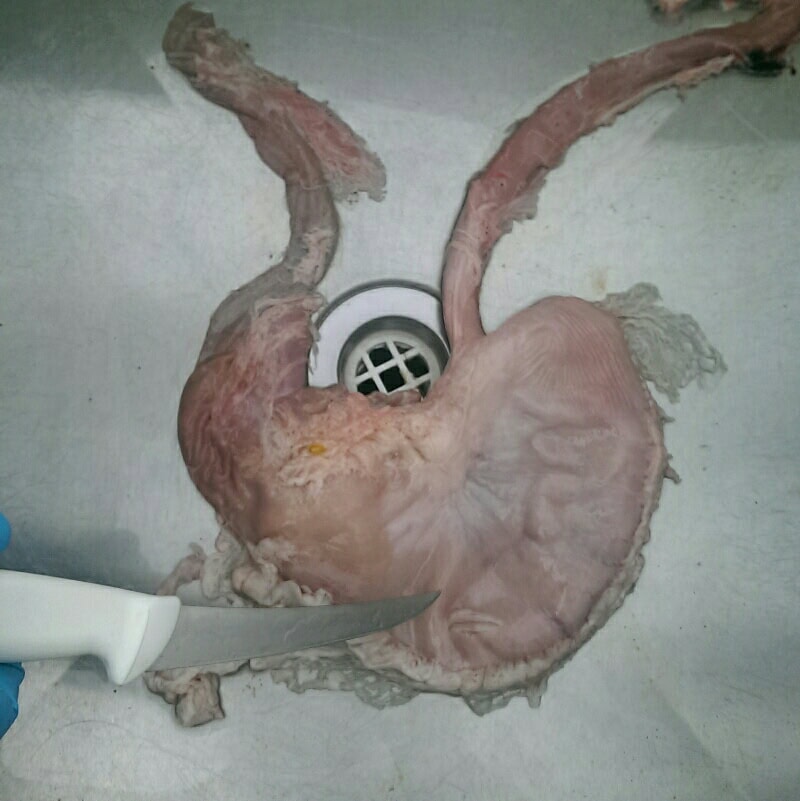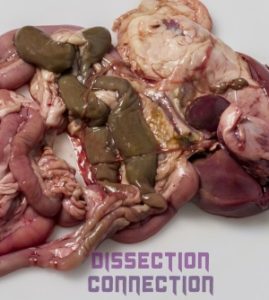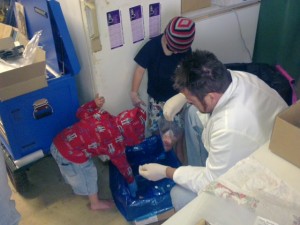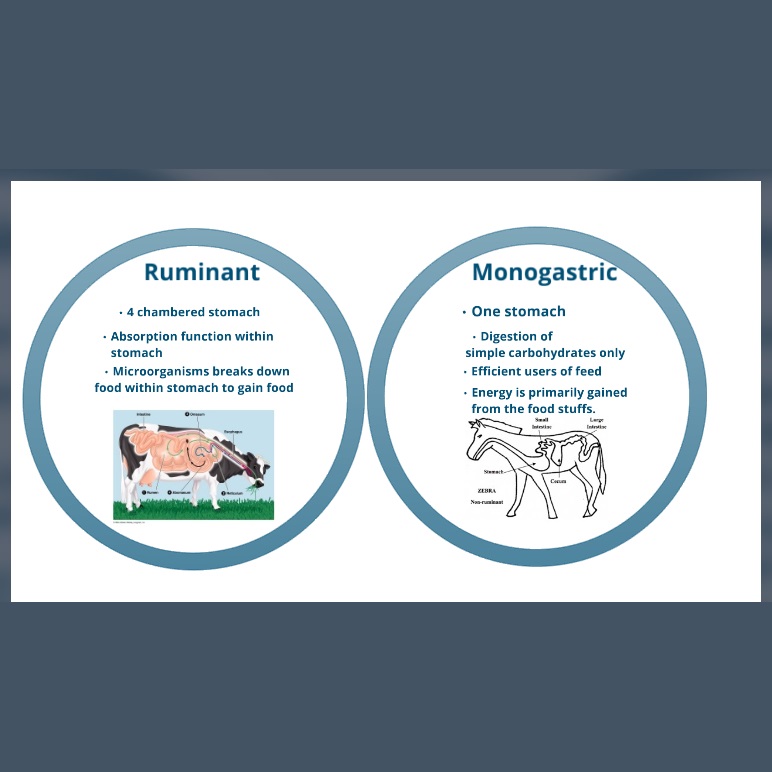
It’s that time of year again when this beast rears it’s ugly head: compulsory practical comparing the digestive systems of a ruminant animal and a monogastric animal.
I know it’s been put into the curriculum, but in typical Biro Pilot fashion the writers of the curriculum didn’t consult with the industry stakeholders on whether this was actually reasonably possible. Spoiler alert: it’s not.
Not only have we discussed the issues with transporting a bucket of farts in a truck before, we now have the added complications of:
- long term drought right around the country
- the 2019-2020 bushfires that wiped out 1/3 of the national sheep population
- the utter devastation of farmland and infrastructure in the fire affected areas
So, what about monogastric gastros?
As yet we aren’t experiencing any trouble with sourcing the gastros from pigs for our GIT specimen, but we are closely watching the pork industry. In the last 12 – 18 months the industry has rapidly been reducing the number of pigs in production.
This is a backlash from about 5 years ago when pork prices were really high so every farmer and his son went into pig production. The oversupply then forced prices down and everyone changed their minds about growing pigs. Now there is a national shortage and even butchers were having trouble getting enough to keep up with Christmas orders last year.
Added to that the potential threat from African Swine Fever and we’ve got a perfect storm for the Australian pork industry.
What’s Miss Vivi going to do about it?
Well, Mr Vivi is going to keep it sweet with the suppliers that we have on the team and we’re going to support the pork and lamb industry the best way we know how – by buying their stuff as often as we can. As they say, “don’t clap, throw money!”. You can support that too by working with us so the money flows into those towns that really, really need it right now. Don’t ever forget that every family needs a farmer.
Miss Vivi is going to keep supporting you by finding resources you can actually use in the classroom to keep your teachers sweet. So far I’ve found this little gem of a presentation by Bryan Simmons on Prezi. It’s pretty good for a virtual resource. Just click through to the website and use the arrows under the image to click through the slides.
Nothing beats the smell of the real thing, though, does it?

